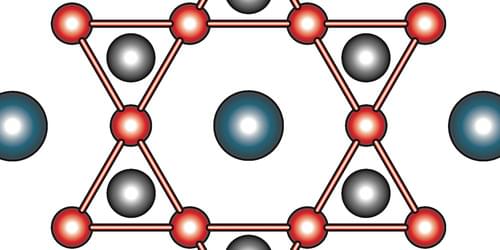Sep 17, 2023
Researchers develop a novel method to generate deep-UV light
Posted by Gemechu Taye in categories: biotech/medical, materials
This device can generate deep-UV light with a very narrow wavelength range that is safe for humans but lethal for germs.
A new device that can generate deep-ultraviolet (UV) light to kill germs without harming humans has been developed by a team of researchers from Osaka University, Japan. The device uses a novel method of combining two visible photons into one deep-UV photon inside a thin waveguide made of aluminum nitride, a material that has nonlinear optical properties.
The research, named “229 nm far-ultraviolet second harmonic generation in a vertical polarity inverted AlN bilayer channel waveguide,” has been published in the journal Applied Physics Express.


















